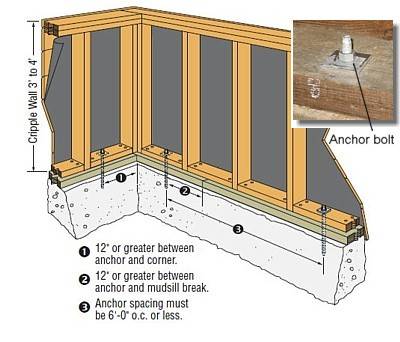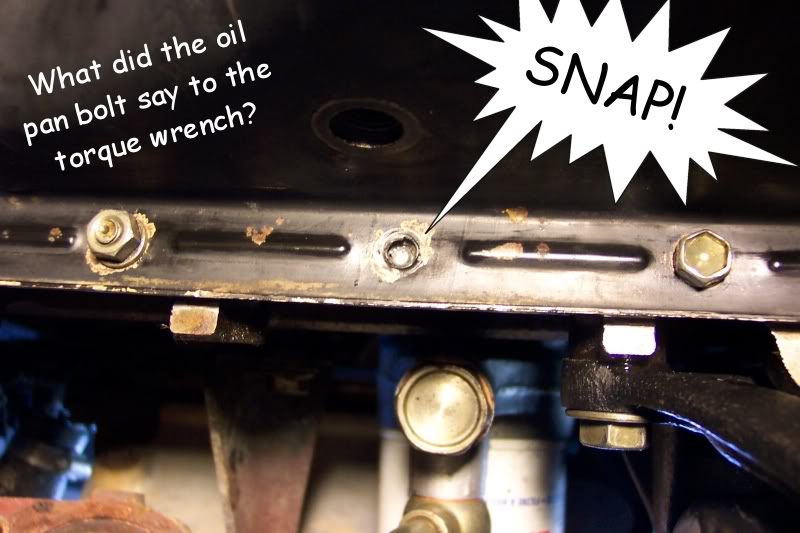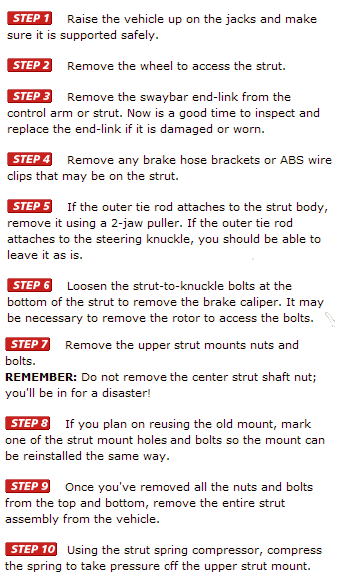Top 15 Questions on Bolts Answered
Here are some of the most sought-after questions on bolts answered. Have a read!
1. What size of i-beam and anchor bolts used for basement wall?
The I beam dimension depends upon the height of the backfill, the wall thickness, wall construction, the soil type, quantity of bowing and few other abstractions. Most i-beams feature a 6″ beam as per standard rule. Spacing also varies as dimensions and so is the anchoring, if you have a sub-floor/thin floor interior drain tile installed. Connection at the top changes provided the wall is load bearing. You can take the help of a structural engineer, who can lay out a comprehensive repair plan for you, as this wall stabilization should be fixed by someone who can see all the issues with the site.

For home construction, a certain code requirement is followed that states – exterior walls are fastened to the foundation walls to sustain lateral movement, which is usually seen in an earthquake
The horizontal 2×4 at the base of the exterior wall rests on the foundation wall through a sill plate. This plate is bolted to the foundation wall by using anchor bolts, so as to keep the walls static. The spacing of anchor bolts in the sill plate should be above 6 feet at the center and within 12 inches of any sill plate joints.
You can check with your building department if you’re not able to place anchor bolts within appropriate spacing. They can suggest you in taking proper action or local requirements before proceeding further. There are distinct building code requirements available w.r.t bolt diameter, length and spacing for new construction versus retrofit construction. The length of the anchor bolt also depends upon the strength of the concrete foundation wall, the thickness of the sill plate and required holding values. However it usually ranges between 3.5 and 6.25 of embedment into the concrete. It is always recommended to check-out for your local building codes, building official or with an architect to consider the size of anchor needed.
Did you know?
Anchor bolts in concrete construction can be either cast in place or post-installed.
2. What is the torque for pan bolts on gm 4l80-e?
The torque of pan bolts required for gm 4l80-e is 24 NM and 18 ft. lbs.
The bolt size of a 4l80e transmission pan is 13 mm

3. What pressure can grade 8 bolts take?
Grade 8 bolts, which are also known as hex head cap screws are one of the most durable hardware supplies and are mostly used in aerospace, military and marine related applications, where sturdy load bearing pressure and high stress are hugely required. These fasteners are well-proportioned and are designed to bear high tolerance, thereby ensuring proper loading when enabled into a pre-drilled hole. These rivets feature the highest strength of standard cap screw series and are usually made up of alloy steel.
The tensile strength of a grade 8 bolt is 150,000 pounds per square inch. It is the maximum strength that a part can carry without breaking.
4. How to remove stuck lower strut bolts?
This might prove to be a lengthy step if you’re not well-equipped with necessary supplies. Everything you need for this job can be found at the Mutual Screw and Supply web store. You can even call them to inquire about what you would need for this job. And it’s always wise to fetch the extra parts, which may need to be replaced before you begin this task. The last thing you would like to do is visit a physical store in your neighborhood. So, it’s better to go online to fetch for your bearings.



- Cut down the water supply by using cut-off valve
- Open up the toilet reservoir and allow complete draining of the water and use a cup to remove the left-over water
- Place a towel around the sink, at the point where water supply line is connected to the toilet
- Now remove the water supply line and also the floor bolts with a suitable wrench
- Remove the bolts carefully from each side and lift the toilet evenly
- Now the bolts from the old flange should be removed and the area should be cleaned, so that no wax or build-up material is left
- The old caulk should be removed now. You can use your hand and if not then go for a razor knife
- Now replace the commode and bolt it down and put back the caulk at the base. Now reconnect the water supply line and do a test flush to ensure the sealing is good
Leave a Reply